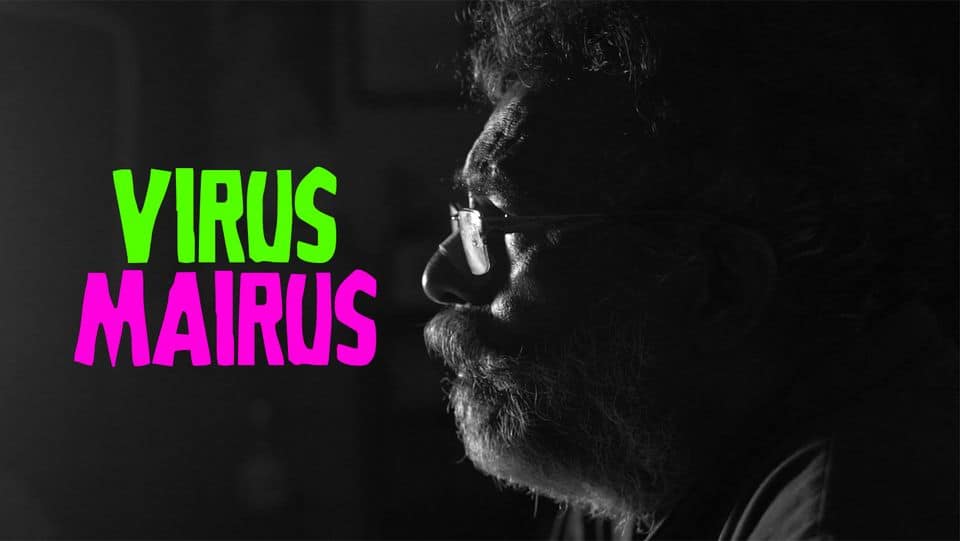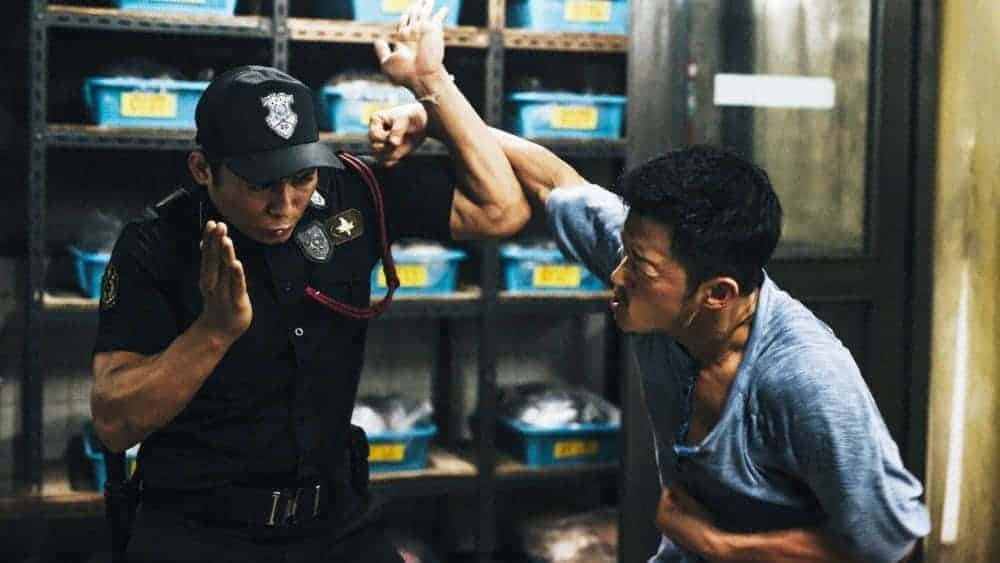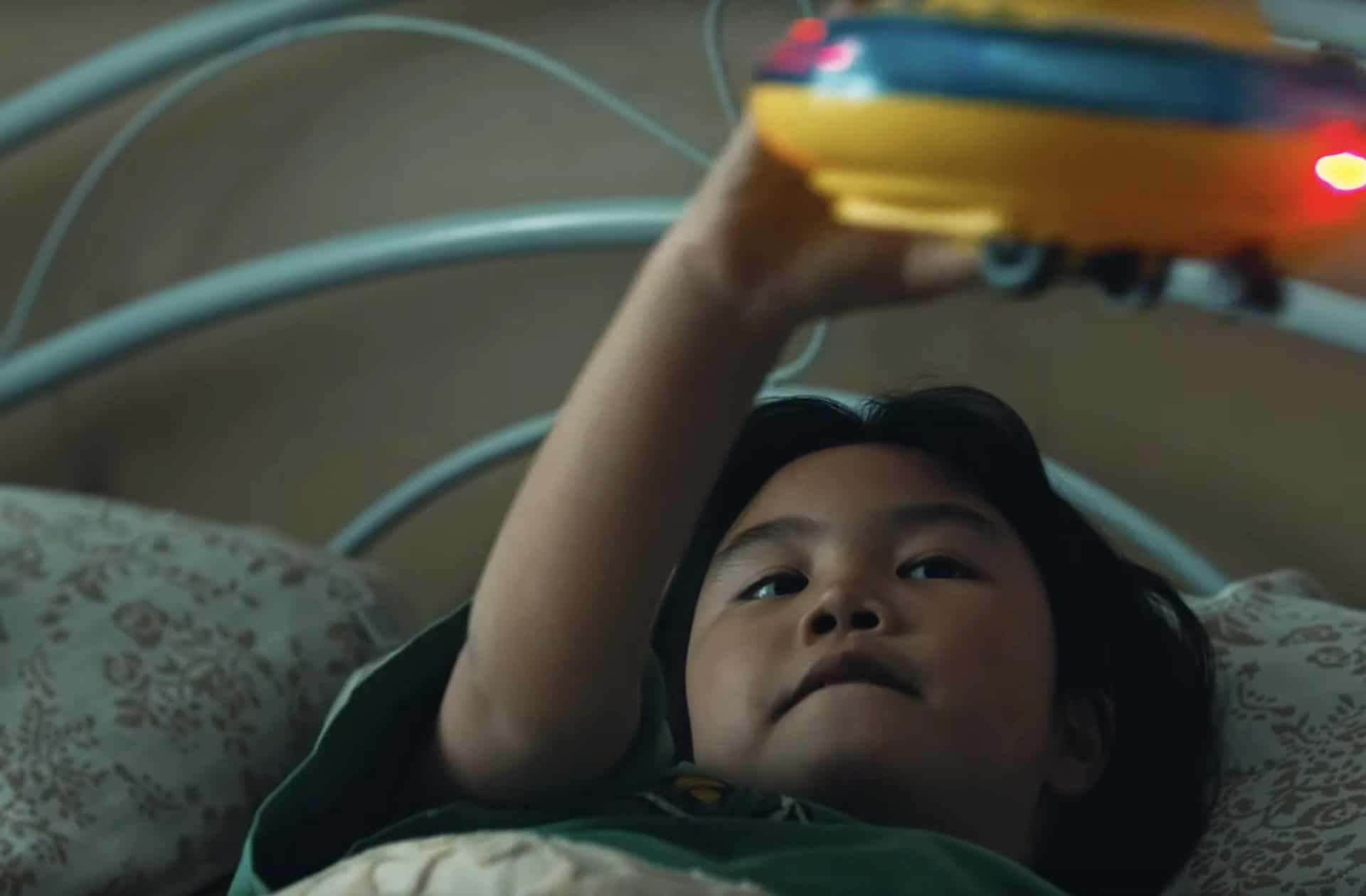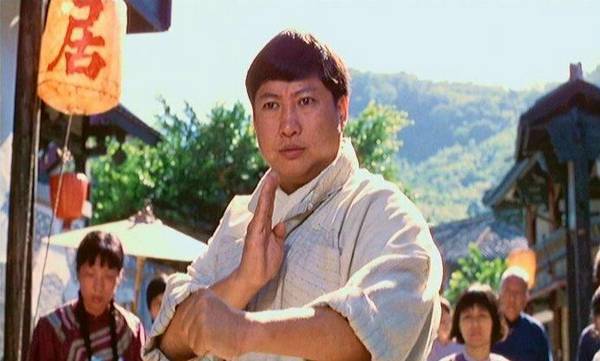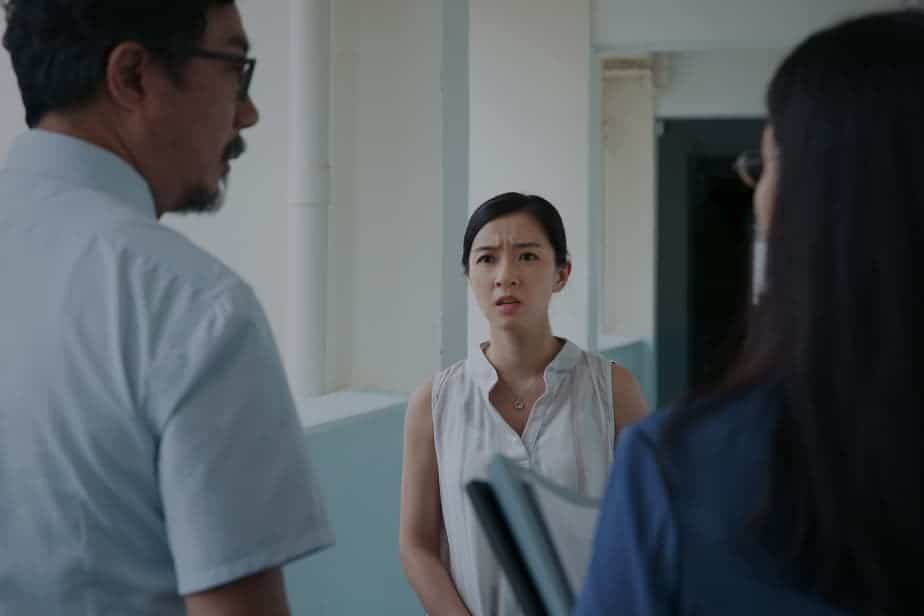Note: This write-up will stylize the short films part of Kuman Pictures competition as FILM (Director/Channel/Production) for readability purposes. Other references to stories or movies will use the standard “Film/Book/Story” (Director/Author) format for differentiation. Have fun reading.
I was curious. What exciting trends would I notice when watching (and re-watching) through all 185 out of 192 available entries—including the top ten finalists I've reviewed in Part 1. Especially considering the restricted movement order (RMO) that gave rise to this competition, will also limit a lot of things. Almost every short movie below can be described as: Character(s) in a residence/safe space gets haunted/goes crazy/killed.
In broad strokes, that's the set-up of almost all horror. The bread and butter of the genre. From the mundane world, you'll be brought to the horrifying world, or pointing out how frightening the ordinary can be. Of course, it'll be unfair to just leave this write-up at that. Which was why I was curious about the trends, about the tropes employed by the filmmakers who entered this competition.
I'm aware that most entrants are beginners or hobbyists; thus, I'm not going to talk about technical aspects. The competition frames itself as for fun, to be productive during RMO. If any readers want to watch all of the entries as I did—be warned there will be bad storytelling, bad acting, bad camera work, bad lighting, bad sound, bad editing, and all of the above. Other than that, keep an open mind and have fun when watching.
Where, or who will the filmmakers imitate? Will it be more Malaysian or Asian in nature? Or will it be more Hollywood and Blumhouse? Or a mix of here and there? Being a horror fan since childhood, it felt like this is the best approach for me. It is almost anthropological in a way.
Just to tease some other trends I noticed. Four are titled “lockdown”, five with “quarantine”, fifteen referring to “house” or a type of residence with additional three denoting “coming back home”. Not surprisingly, a lot tend to be didactic—because horror in Malaysia is still in that stage.
There was also an interesting trend with the locality of the filmmakers. 36 entries came from Sabah. In comparison, their Borneo neighbour Sarawak had only 9. It seems there's content creation or even a filmmaking bubble in Sabah that I wasn't aware of, which I hope continues to grow.
THE UNINVITED
Not surprisingly, this is the most popular trope employed in this competition. Looking at the promotional material for the competition itself, they encouraged future entrants to just shoot in their own homes, and many did. They also namedropped David S. Samberg, and many tried emulating him. The Uninvited is a concept with many variations, but mainly it is about being invaded in our own safe spaces. The invasion can be from ghosts, or even people, or even an idea. There are also elements of retribution, bad karma, it happened due to our own misgivings or weaknesses—which goes back to the didactic part. Which is why many Asian horrors are rarely cathartic or about solving it. It is meant to teach us good behaviour.
The first variation is on culture, there are many social mores of do's and don't when it comes to the supernatural. Don't be out late at night, don't sleep in the evening (after Asar prayers), don't challenge the supernatural (including going into haunted areas), wash your feet before sleep, don't pick up random things that aren't ours, and in particular, don't do something that'll invite it into our homes (such as opening the door after hearing knocking or even doing séance and such). Entries that plays with this cultural aspect of horror are BUSUT (Mohammad Syah Zehan Bin Osman), FLIK SERAM 02 (Cech Andrea), UNDANG (Hani Jeff), SALAM (Nazrin Vovinski), ABANG DAH TAHU? (Luna Zura & Azmi Ladis), PANTANG (Luna Zura & Azmi Ladis), JONI (Irfan Mat Janum), B-4-2: KETAHUI SEJARAH TEMPAT MU (Firdaus ML), SENJA (Deddy Isma Ismadi), HOUSE NO 46 (Ryot A Ujin), MANNEQUIN HEAD (Ryot A Ujin), DON'T STARE (Azhan Fauzan), WASIAT SAKA (Fasshmil Channel), SURI (Taira San), JANGAN DEKAT! (picperfek), HYDE (Fairul Nizam Ablah), KNOCK (Azhan Fauzan), KUTIP (Najmi Aiman), USIK (Najmi Tamin), 11:55PM (Pechal), KAKI (Fhilix Don), SKETCH (ObbieBie), PENAMPAKAN (Azri Z Yusof), ASRAMA BLOK E (Akmal Edzuan), TERJAGA MALAM (Shaft Farizal), KETIKA MAGHRIB (Fitriyana), LUKIS (Qayyum), GOOD NIGHT (Garrick See), CARI UNTUNG (ROCFO), BLOODY MARY (Mary'z Rosary), HOUZIES (Ditut Production), LATE NIGHT (Norman Effendi), HAND WITH YOU (Zinandesz Hz), KAWAN (Ayez Shaukat Fonseka), SKEPTIKA (Ayez Shaukat Fonseka), JANGAN BERTEDUH (Iman Zulaikha), KAKAK, ADIK DAN BAYANG-BAYANG (Liyana Sulong), TERLEPAS (Shahmi Shahril), ALIKE (Abbel Leowanday), TEMANKU, QARIN (Brader MAD), PENJAGA (Qoy FIlms), and NGIKUT (Khairi Ismail).
There is a variation which I would call the “not who you think”. Where either the character in-film thinks the ghost is a friend or another human, or we the viewers thinks the ghost as a human. Examples of this can be seen from KEPULANGAN (Fazleena Hishamuddin & Amar Amir), THE DARK SOUL (Aaron Myers), SERAM 82A (Nazrul Izham), TERPERANGKAP (Adam Alif), JELMAAN (Izzuddin Wahid), PULANG (The Ali Channel), BALIK (Neil Aqim), HIDE & SEEK (Fahad Iman), KAWAL (Nazmi Suhaimi), SATU RUMAH DUA ORANG (Abbe Pablo), RUSOD (Fhilix Don), KESEPIAN (Zaid), SIAPA TADI TU!!! (Ayyan Kamal), AKU (Rony), and 不速之见 (Vrince Teong). This type of horror was also quite popular among the “creepypasta” crowd in recent years.
The next variation is the “it just happens” like a natural disaster of sorts. This too has a basis in folklore horror, as the main character is just unlucky of being in the wrong place at the wrong time. Like stepping on gum which never lets go (I think I'm quoting this exact sentence from somewhere but can't place it). A lot of the entries in this variation also tend to be David S. Samberg-like; it's more of a horror pitch, a short concept, rather than a full narrative. Such entries as DON'T GO (Sidney Chan), VISITOR (Aaron Chung), QUARANTINE (Titus TJT), HALUS (Daniel Turiman), COXANNE & THE VIOLINIST (Coxanne Kok), THERE'S SOMETHING UNDER MY BED (Angel Bu), GANGGU PART 1 (Valen Vall & Anna J), GANGGU PART 2 (Valen Vall), TOLONG (Philosophos Production), TOLONG (Fhilix Don), TOLONG2 (Fhilix Don), HOME ALONE (Orangendiala), SAKA DARI TELAGA (Azmi Fikri), ANAK PATUNG (Khalid Naim), THOUGHTS OF A TOY (Sin Yujing) , NIGHTMARE DEJAVU (Nathan), XOXO (Sadarr Jamara), BALIK RUMAH (Visualcatan), GELAS 19 – QUARANTINE (Mo Faizal Kassim), GELAS 20 – JANGAN PIGI DAPUR (Mo Faizal Kassim), LOCKDOWN (Cminuss), MR C (Treo Productions), YOU ARE NEXT (Anak Beranak Pictures), HOME ALONE IN QUARANTINE (Cookies Pu), EPAL (Faindra Jabbar), SENDIRI (Murni Amirah Usop), GRASP (Yee Weng Kim Production), TAPUK (Kenny Ribun), BULAT (Shahpjan), REMOVED (Hadi Nor), KURUNG (Marwanisk Production), KETEGURAN (Muhd Danial Hakimmi Hashim), TUMPANG (Iroet Marteni), PULANG (Tayok's Production), SORANG DI RUMAH (Zam Shah Rizal), PENEMAN (Ashli Khairulfazi), THE SNOW GLOBE (Rachella Ruth), SAHUR (M. Rifqi Rafiuddin), WAWASAN 2020 (Putra Adib Adham, SERUAN DASIM (Iqa Ayamor Lensa), and YOUR BROTHER'S HOME, ISN'T HE? (Joshua Chin).
Finally, possession stories. As possessions are one of the ultimate invasions of personhood that can happen in stories. It was actually surprising to see this trope isn't popular here, I guess ghost possession trend is a bit outdated today? There are also stories related to mental health that connects to this, but mental health will be their own sub-topic below. The possession stories are EXSPIRAVIT-19 (Faris Mansor), GHAWIAH (Azham), SERU (Khairunizan Ramli), LOST TAPES: SERUAN (Macbeth Tubang), JIN KAFIR (Faindra Jabbar), and HOME SWEET HOME (Afiza Asram).
WOMEN IN WHITE
Women in white is a concept that exists in most cultures. The pilot episode of “Supernatural” (Eric Kripke, 2005) also delved into this idea. What's more interesting is, the image of women in white became some sort of traditional imagery in horror. It is the very first thing we think off when thinking about ghosts; white clothes, long black hair. It has become the typical image of a ghost being separated from their lore. Especially here in Malaysia where we do have several women in white's folklore—pontianak, langsuir etc—and it is super easy to just put an actor in a telekung (praying robe for women, traditionally in white, but there are many colours today), or any long white dress of sorts to play the part.
The classic women in white story, from La Llorona to Okiku from “Banchō Sarayashiki” to Oiwa from “Tokaido Yotsuya Kaidan” (Tsuruya Nambiku IV, 1825); they all tell a tragic story where the female protagonist gets cheated on and/or abused, then they return as an avenging ghost. Seeing many folklore horrors tend to be about teaching something, it is not farfetched to say these type of stories are early versions of feministic stories, which explains their universality. In the vein of “treat women well, don't abuse them or they'll come back and haunt you”. This trope is also connected to the Creepy Children trope, as in “Ju-On” (Takashi Shimizu, 2000), plus any La Llorona retelling will include dead children in their stories.
Among the entries, there is only one that can be considered as following the classic women in white story, MISTERI KOTAK MUSIK LIANA (Zachary Adam). Some other entries that use the imagery of women in white, separated from the folklore are PERINTAH KAWALAN PERGERAKAN (Orex 12), SORANG DI RUMAH (Harris Fadzillah), THE QUARANTINE (Amandraj Manmeet Singh), TAKUT (Kristo Yanto), GHAWIAH (Azham), IT FOLLOWS (Wilson Alyadrian Amat), SERU (Khairunizan Ramli), BANGPIK: GANGGUAN MALAM (Tunku), MIMPI (Khairul Alfiq), BLOCK C: INI CERITA AKU, HANTU CORONA (Leleng Wanderer Ent), and GET OUT (Winghong Phoon).


